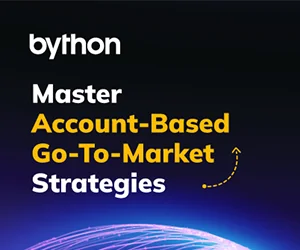Invoices are necessary when you sell products or render services. Before, businesses had to track their transactions carefully to manually write invoices. Manual invoicing is not only tedious, but it’s also prone to human error.
One of the unfortunate outcomes of long invoicing processes is dealing with late payments. Fortunately, business owners and company accountants can now avoid this by installing software that makes invoicing more convenient.
Invoicing Software: Improving Your Company’s Cash Flow
Thanks to technological advancements in this digital era, businesses can now rely on invoicing software to fulfill their billing and invoicing tasks in a more convenient way. It has now become easier to keep track of client credit and send out invoices on time. As a result, invoicing software has greatly reduced the frequency of late payments.
If you’re still wondering whether you should get an invoicing software for your business, here are some of the helpful things that it does:
- Creates and customizes invoices
- Generates detailed reports of all your business transactions
- Simplifies billing and payment processes
- Automates invoices and sends them out according to your preferences
Of course, not all software is created equal—some will be more useful than others, which mostly depends on the nature of your business. Thus, you’ll need to carefully examine your options to determine which software will optimize your workflow.
What Invoicing Software is Right for Your Business?
Although no software can ever be perfect, there will be at least one that can check all of your requirements. The tips below should help you figure out which type of software will serve your business in the best way:
-
Consider Your Business’ Needs
Any software that you choose, whether it’s for invoicing or for other company processes, should help make your workflow more efficient. Thus, it should be something that fulfills your business’ needs without going overboard.
It’s also worth noting that there is software that primarily caters to specific businesses. If your business is a niche, you might benefit more from specialized software compared to a generic one.
-
Set Your Budget
Your budget will mostly depend on the type of software that you need. This doesn’t only refer to the software’s features, but also on its system.
For example, offline software typically requires a one-time fee upon purchase. You just have to pay additional fees should you eventually decide to go for an upgrade. On the other hand, cloud-based software involves monthly or annual fees, depending on your chosen package.
-
Check If It Has Ready-Made Templates
Ideally, your software should have a feature that allows you to generate ready-to-send invoices to your clients. This will make not only your job a lot easier, but it will also speed up your cash flow and consequently, your workflow.
If you want to go for a customized look, there’s also a free template for an invoice that you can check out. With these, you can start designing your own invoices to make it consistent with your company’s branding.
-
Examine Software Features
Software that is packed with more features will obviously be more expensive. This goes back to the first and second points. Your business’ workflow will primarily dictate what needs to be done on a regular basis, which then dictates the minimum features that you should look for.
Given all that, you must settle with a software package that you’re ultimately willing to pay for because you’re sure that you can maximize all of its features.
-
Determine Whether It’s Capable of Other Business Processes
Running a business involves many tasks. Oftentimes, what slows people down is the need to shift between various programs or platform. If you can find an invoicing software that’s already integrated with your other systems and comes with customizable templates, this will make your processes more efficient and transparent, thereby helping your teams communicate better with each other.
-
Prioritize Security
As technology continues to evolve, so do the skills of hackers. Hence, information security should be of utmost priority to protect your business and your clients. You want to make sure that you choose a software that can safeguard all of your sensitive data from those who want to steal it. This should be your non-negotiable feature, as this helps build trust.
Invoicing Made Easy
Businesses or freelancers that haven’t quite established their billing processes typically suffer financially due to poor cash flow. This happens because finances aren’t properly tracked.
Understandably, many business owners consider invoicing as a time-consuming and arduous task. Fortunately, the right invoicing software can ensure that you can focus on your essential and conceptual tasks without sacrificing the quality of your billing and invoicing.





